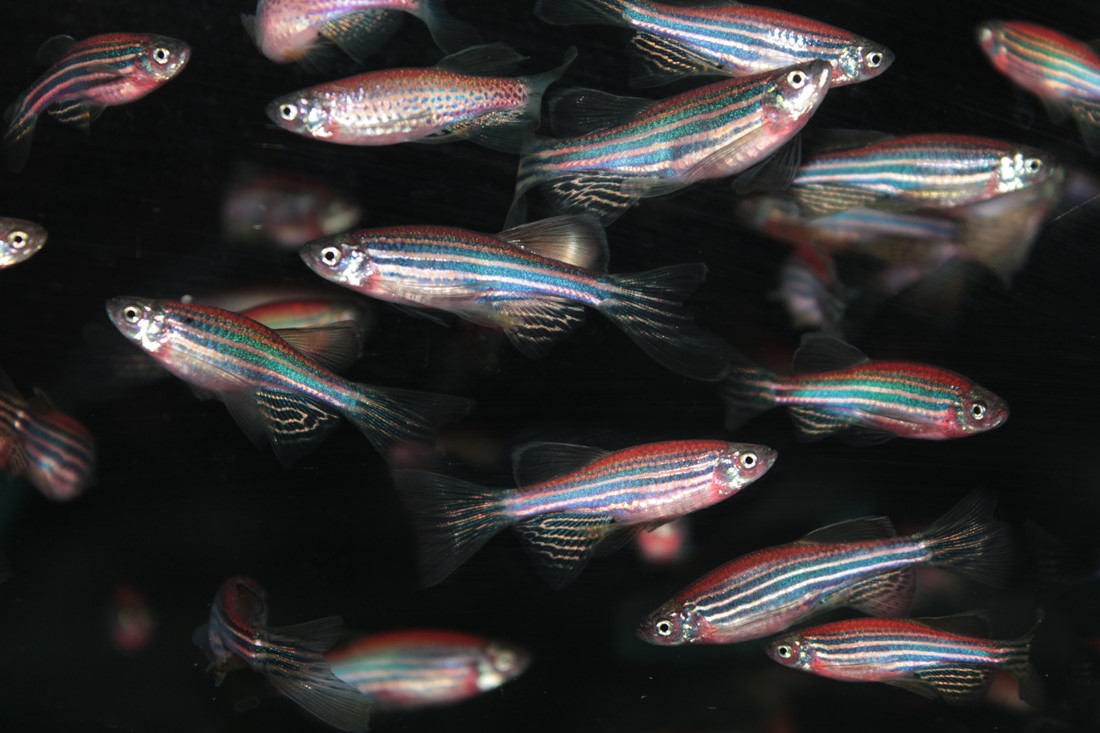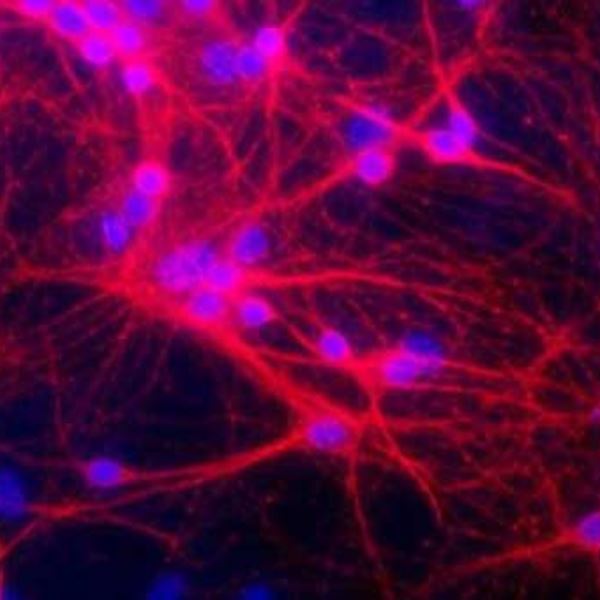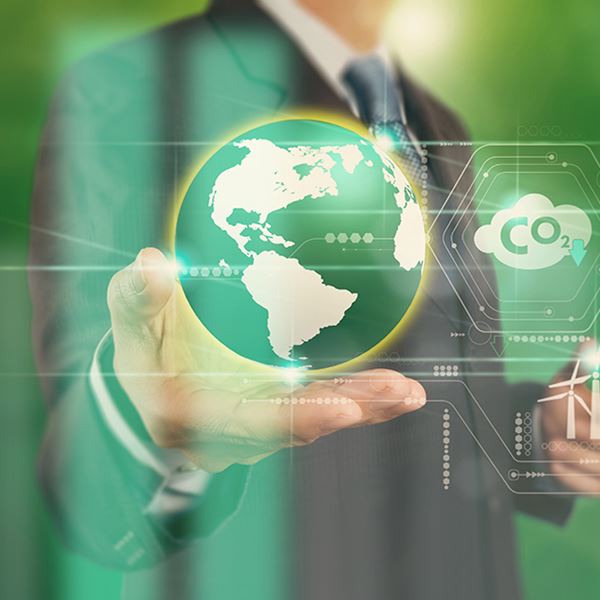Health and Environment
Ensuring the safe and environmentally friendly commercialisation of graphene
The main objective of the Health and Environment Work Package is to evaluate the safety profile of graphene and related materials (GRMs) with regard to health and the environment in relation to their production, handling, manufacturing and use.
The last 10 years
The Health and Environment Work Package has been responsible for performing a series of in vitro and in vivo studies to prove the safety of GRMs use, identify possible risks and propose solutions for avoiding these risks. During the ramp-up phase of the project, we began to evaluate the impact of graphene oxide and few-layer graphene using several in vitro and in vivo models, including lung, kidney, gastrointestinal tract, skin, immune system, brain, plants, algae, and aquatic organisms. In Core 1, we expanded the studies on the assessment of the life cycle of GRMs and their (bio)degradability. During Core 2, we enlarged the toxicity studies to other layered materials and evaluated the impact of composites containing graphene that underwent a process of degradation, mimicking their aging, to understand possible risks related to their disposal. Finally, in Core 3 we addressed the issue of occupational health and hazards to workers in daily contact with these materials. Researchers evaluated the applicability of the Organization for Economic Cooperation and Development (OECD) guidelines to GRMs in view of the European Union’s Registration, Evaluation, Authorisation and Restriction of Chemicals (REACH) and future commercialisation of graphene materials. We believe that this comprehensive evaluation of the impact of graphene and layered materials has been fundamental to the protection of human health and the environment as well as to the current and future commercial applications of these materials.
Our review article on health and safety of graphene-based materials (see page 26) published in 2018 and co-authored by all the partners in the Health and Environment Work Package scores in the top 1% of the academic field of Materials Science, according to the Web of Science. Other Graphene Flagship Work Packages and various companies have been interested in the results of these studies. For example, the University of Castilla-La Mancha, Spain, created with the spin-off company BioGraph Solutions in 2019 with the aim of producing graphene and 2D materials free of any type of contaminants and suitable for physiological media.
This year’s development
This year’s most important achievements were published in Nature Nanotechnology. The study shows that the gut microbiome needs to be taken into consideration when evaluating the impact of graphene and related materials, specifically graphene oxide (GO). Using zebrafish as a model, the researchers showed that GO modulates the composition of the gut microbiome. Furthermore, using germ-free zebrafish, the authors found that GO in combination with certain microbial metabolites triggered the induction of an innate immune response. This study has shown that GO can influence the crosstalk between the microbiome and immune system, thus opening a new horizon with respect to layered material-host interactions.
Additionally, a joint paper coordinated by Graphene Flagship Partner EMPA reported on the toxicological impact of reduced GO-reinforced composites.

Maurizio Prato, Work Package Leader
We are proud to be able to say that our Work Package has contributed enormously to reassuring the public on the safety of GRMs.”
Work Package Leader

Zebrafish
References
Peng, G. et al. Nat. Nanotechnol. 2022, DOI: 10.1038/s41565-022-01260-8
Loret, T. et al. Adv. Sci. 2022, DOI:1 0.1002/advs.202104559
Chortarea, S. et al. Mater. 2022, DOI: 10.1016/j.jhazmat.2022.129053
Latest Articles

GIANCE project updates

SAFARI events recap
The SAFARI project has shared its insights on its Safe and Sustainable by Design (SSbD) approach in several events this spring.

OECD Workshop on Graphene Family Materials
At the end of November 2024, a two-day expert workshop on Graphene Family Materials (GFM) was held by the OECD in Paris.

GIANCE leading the way in eco-friendly innovation
The GIANCE project is set to revolutionise material solutions across multiple industries by introducing a new generation of sustainable graphene-based materials (GRM-bM) that combine enhanced performance with a significant reduction in environmental impact. By focusing on circular design, lightweight construction, and multifunctionality, GIANCE aims to reduce energy consumption, cut CO2 emissions per vehicle over its lifetime, and promote material recyclability.

Flash Graphene: Trash to Treasure
The applications for graphene use are broad, having altered the composition of electronics, energy storage and biomedical devices, sensors and composites and coatings over the past two decades. This is all due to its exceptional mechanical, electrical and thermal properties. However, what are the environmental impacts of its use and how does the cost limit its application?

Sustainability in Graphene
Graphene and related 2D materials can advance the all 17 of the United Nations Sustainable Development Goals.

